My Week With Plastic
I recently had the opportunity (unfortunately) to look into the plastic bag manufacturing process and it turns out that there is a lot of bad stuff in those bags. What a surprise, right?
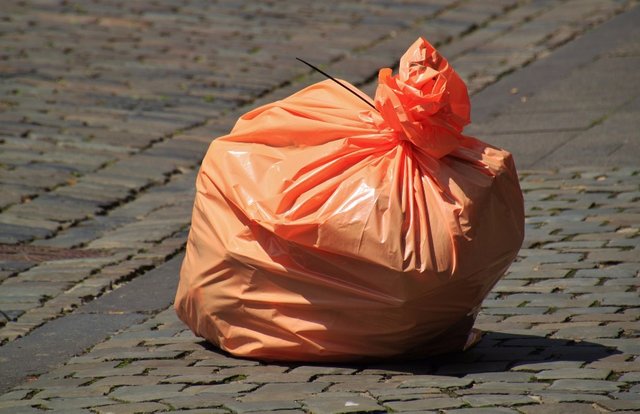
Yeah, total surprise.
Kidding. We have all known on some level that plastic can be bad. That’s why we now make sure to buy BPA-free bottles for our water!
But what bothered me about this most recent endeavor was the lack of transparency in the industry. Local residents were complaining about strong burnt plastic odors coming from the manufacturing facility in the area, so the first step was to find out what it was they were cooking inside -- which was not easy! After sleuthing around for a few days, I realized most of what I do is fancy stalking.
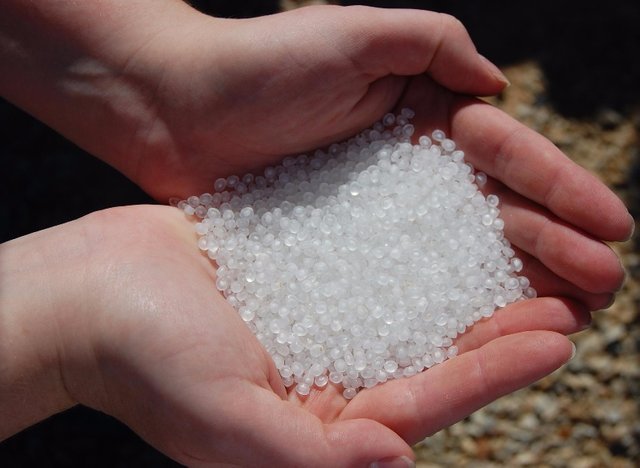
A quick google search told me that the primary ingredient was polyethylene and that the fumes emitted during the production process ultimately depends on the process used. After combing through a few sets of minutes from zoning board meetings, I learned that the company uses a process known as blown film extrusion to produce its plastic bags.
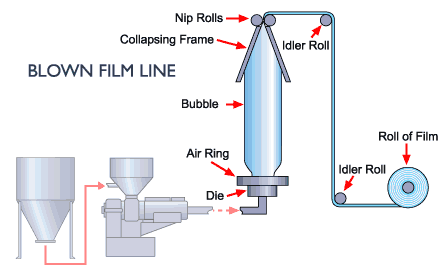
With this process, polyethylene resin is placed in pellet form into a hopper that leads to an extruder which then heats and melts the resin. The melted resin is pushed into the preset mold and, with the help of a blower, creates a thin film in the form of a sheet or tube, the latter often referred to as a bubble. The film is cooled and rolled up, and is later used to create garbage bags, shopping bags, food storage bags, etc. While the number of extrusion lines running at any one time varies, this particular facility was operating at least 70.
When the materials are heated during plastics processing, fumes and vapors that can contain both irritants and carcinogens are released. And when they are overheated, which is really easy to do, they degrade rapidly and the fumes become toxic. Because it happens so frequently, most resin processors use ventilation systems to prevent occupational exposure, which sends the fumes up and out through an exhaust stack. . . in whatever town that may be.
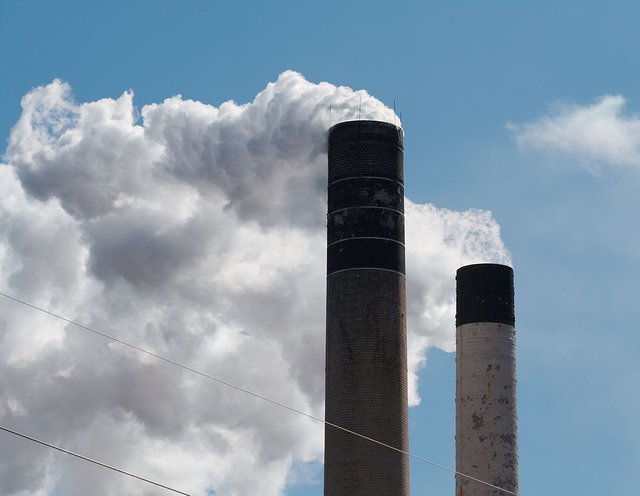
But it turns out—and this is where the lack of transparency comes in—that the exact composition of the fumes or vapors ultimately depends on the resin grade and additives used during the production process. In addition to using different grades of resin, manufacturers incorporate a variety of additives to customize the color, heat resistances, hardness and porosity of the bag. These additives often include antimicrobial protections, antioxidants, flame retardants, pigments, antistatic agents, and compostable materials, but most manufacturers don’t say which ones they use because they consider it a trade secret. Obviously.
So identifying the possible contents of the emission required some digging. After reviewing patent applications, wholesale catalogs, and emissions studies, it seems that silica (bad), titanium dioxide (bad), aluminum trihydrate (bad), antimony oxide (bad), and halogenated hydrocarbons (very bad) are industry favorites. What’s worse, though, is that additives physically mixed with the resin like this may be more likely to leach out because they were not chemically bonded together. So there’s that.
Now take the mystery additive party and throw in some reprocessed plastic (which is the primary resin grade used most of the time) and the result will be a number of Volatile Organic Compounds. A few of the noteworthy ones will be aliphatic hydrocarbons (bad), aromatic hydrocarbons (bad), butane (bad), alkenes (bad), aldehyde (very bad), and toluene (the worst). The problem, however, is that since the primary ingredient of the product (polyethylene) is not inherently hazardous, these plastics get to register in the “minor” category—which does not have stringent monitoring and reporting requirements.
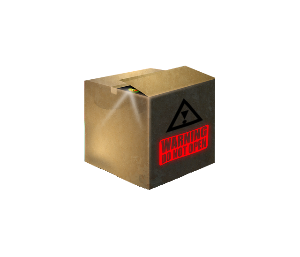
Hi there, wow... fantastic job researching this. I work on the other end of the stick: dealing with the residual plastic pollution created by the disposal of these bags. We have been studying the general toxicity of the photodegradation of the bags and the air contamination released by the burning of the bags (which is the most often means of disposing them in villages in south east asia). I hadn't even thought of the pollution caused by their manufacture. If you're interested in pursuing this deeply, I highly recommend this journal article that examines the different ways plastics degrade into toxins. Google: "Plastic Degradation and Its Environmental Implications with Special Reference to Poly(ethylene terephthalate)" Meanwhile, I am just getting going on Steemit and will soon be posting lots on plastic and in particular, its transcension. :-)
Be still my heart...I cannot believe I am just now seeing this. Welcome to steemit! I cannot wait to read your posts :)
And I will be pulling that article immediately.
Ugh!
My feelings exactly!
I have been saying for a long time, that whilst we do have to be careful about CO2, CH4 and other greenhouses emissions. We must be careful not to take our eye off the ball when it comes to general pollutants.
What you describe is truly horrible, these companies seem to get away with a lot. However in places like China, they get away with a lot more. I guess at the end of the day, public awareness is our only weapon.
Thanks for sharing.
Cg
I could not agree more! At this stage, awareness is key. We are the world's shareholders after all.
Very informative! So if the primary ingredient is not hazardous and the rest are , it still doesn't matter. That's very convenient.
I feel like I would be ok with not having any secrets if it meant no one could lie to me. Well written post my friend.